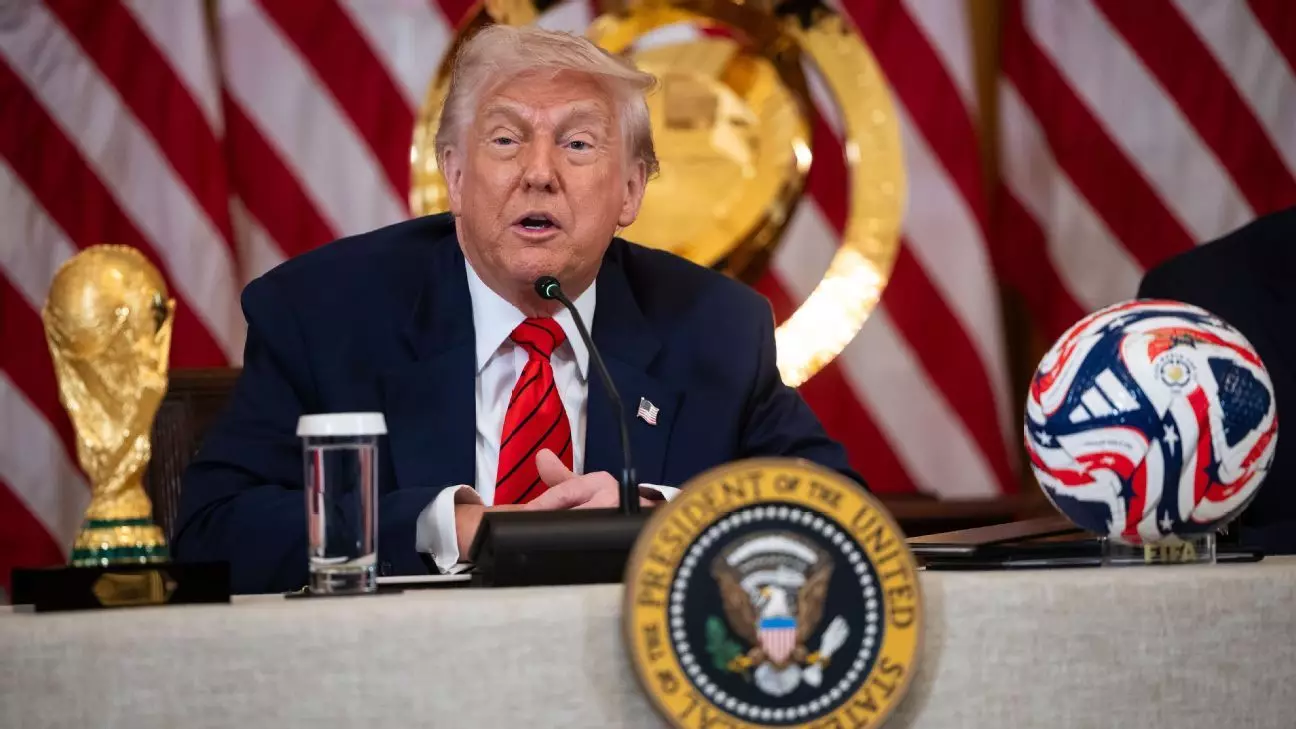As anticipation builds for the 2026 FIFA World Cup, the appointment of Andrew Giuliani as executive director of the presidential task force is a statement of intent. His lineage, being the son of former New York City Mayor Rudy Giuliani, brings a blend of political acumen and personal ambition to the forefront. Nevertheless, leadership roles in megasporting events such as this require more than just a famous name; they require ingenuity, operational excellence, and a clear vision for success.
Giuliani’s previous experience as a special assistant in the Trump administration demonstrates an understanding of governmental operations. However, the question remains: can he translate that experience into effective management of what promises to be one of the largest sporting events in history? When tasked with mobilizing resources, coordinating between different governmental and organizational bodies, and ensuring fan satisfaction, practical skills will be just as essential as industry connections.
Capitalizing on Opportunities
The strategic advantage of hosting the World Cup alongside events like the Club World Cup presents an immense opportunity for economic stimulation. FIFA President Gianni Infantino’s projection of nearly $50 billion in economic output captures the potential impact on a national scale. The creation of approximately 300,000 jobs not only supports local economies but also rejuvenates community spirit through diversity in participation.
Organizers need to harness this economic opportunity to foster infrastructure development—improving transportation networks, upgrading stadium facilities, and creating welcoming environments for international visitors. It’s more than just a festival of soccer; it’s a catalyst for growth and renewal in cities that will host matches, which aligns perfectly with broader urban development goals.
Creating Seamless Experiences for All
An exciting dimension of the World Cup is the commitment to providing a seamless experience for visitors from around the globe. With Vice President JD Vance assuming a prominent role in the task force, there is a heightened expectation for efficient planning. The experience of international visitors must transcend merely attending matches; it should encompass cultural engagement, local food experiences, and a taste of the American spirit.
Creating a welcoming atmosphere is imperative, and Vance’s statement about attracting visitors from nearly 100 countries underscores the rich tapestry of cultures slated to converge in the U.S. This is not just an opportunity to display athletics; it’s a unique chance to showcase American hospitality and inclusivity, elevating the country’s image on a grand international stage.
Imagining the Future of Soccer
Finally, as soccer continues to grow in popularity across the United States, the hosting of the 2026 World Cup is symbolic of a shift in sporting culture. The involvement of high-profile figures like Andrew Giuliani and the robust planning evident in the task force set a precedent not only for future sporting events but also for how American society approaches global collaborations.
This combination of ambition, strategic planning, and community engagement holds the promise of not only an unparalleled World Cup experience but also a reimagining of America’s role in the global sporting arena, marking a newfound dedication to embracing and celebrating the world’s most popular sport.

